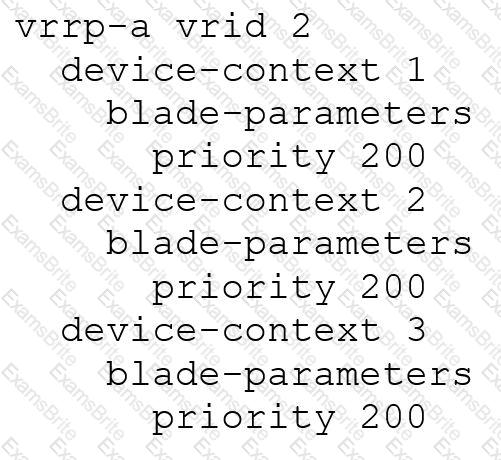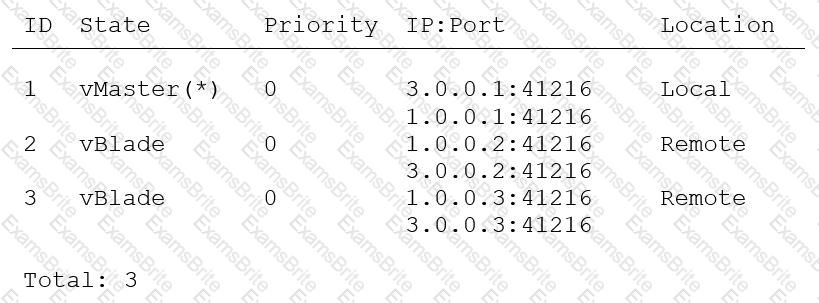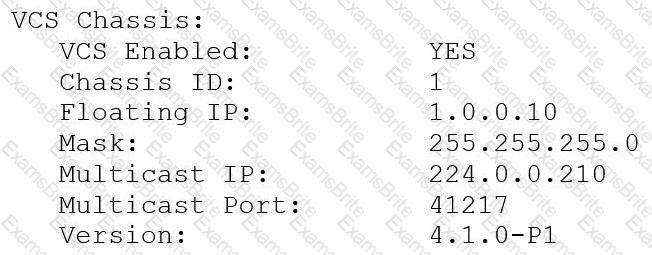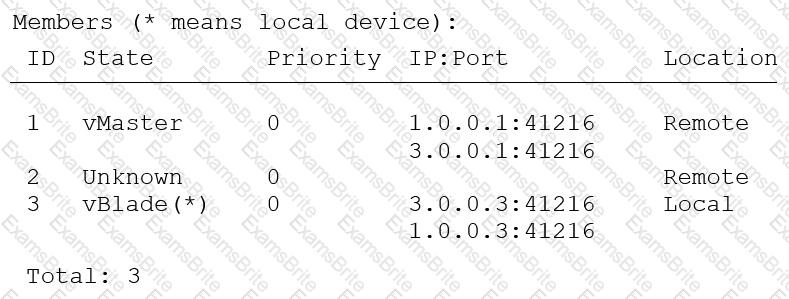
A10 Certified Professional System Administration 4
Last Update Jan 14, 2026
Total Questions : 30
We are offering FREE A10-System-Administration A10 Networks exam questions. All you do is to just go and sign up. Give your details, prepare A10-System-Administration free exam questions and then go for complete pool of A10 Certified Professional System Administration 4 test questions that will help you more.



In a VRRP-A topology that contains four devices, select the number of devices on which a single VRID can be simultaneously active?
Given the following VRID 2 configuration, which device will host the VRID after the three devices at the same time?

In the following configuration:

Where network 3.0.0.x on each device is on a VE interface dedicated to aVCS traffic, what must you do to ensure that command “device-context x” always succeeds?
When you execute a reboot command on the vMaster, how is aVCS Chassis affected?
Given the following “show vcs summary” output, which statements are true about the virtual chassis set? (Choose three.)


Which statement correctly describes the result of the following commands?
ACOS(config)#logging host 192.168.216.45
ACOs(config)#end
ACOS#active-partition p1
Currently active partition: p1
ACOS[p1](config)#logging host 2.2.2.2
ACOS[p1](config)#logging host partition shared